RGB LED grow light controller for plants and seedlings. Simulates morning, day, evening and night. Uses an Arduino Nano.
Designed by RossGK Tangibles in Canada
Buy with confidence.
Our Tindie Guarantee protects your purchase from fraud. Learn More
What is it? This is an assembly that takes an Arduino Nano, and a 5V power feed, to illuminate some serially-addressable multicolour LEDs and function as a grow light for plants or seedlings. It's al…
Read More…This is an assembly that takes an Arduino Nano, and a 5V power feed, to illuminate some serially-addressable multicolour LEDs and function as a grow light for plants or seedlings. It's also a handy platform from which to explore SPLEDs driving for your own projects. It can operate a variety of RGB/RGBW LEDs (eg NeoPixel) and cycles through day/night timing. (Typical addressable LEDs are called WS2812 or 5050 devices).
Started a bunch of plants for the garden during the cold dark days of February, and it seemed like the intense, multi-spectral light from a string or ring of serially-addressable RGB LEDs would be a good way to provide them with optimized light spectrum in their early days.
It'll work stand-alone cycling through day-night cycles, with violet spectrum illumination. Set it and forget it (but don't forget to water your plants!) Think space station hydroponics in your basement. If you're like me you have some NeoPixel strips laying around looking for a use. This circuit with a bright OLED screen and its one-button interface gives you a quick and easy-to-use grow light. You can set your unused SPLED hardware to work, growing food or flowers!
It keeps a day/night cycle going to give your plants 14hrs of light per day, with fun sunrise and sunset colours as well. Those NeoPixels are surprisingly bright! Great energy for your plants. Need more? Just string some more pixels onto the chain.
You'll need to make a stand of some sort to hold your grow light. A couple of examples are shown in the pictures. Visit the Github page here and explore the "GPOD_Stand" directory for photos and tips on how to build some very easy-to-build stands.
The board and its firmware is also a good starting place for your own projects – a handy development platform. You can also solder addressable LEDs directly on the PCB (four positions, on two of the four channels) for your test and development project experimenting, then string more onto the circuit using the screw-clamp wiring blocks once you get the hang of it.
(See images for details) - Bare Board - you can build the board with your own parts. You'll need lots of stuff, but maybe you have it already. Shipping free in Canada & USA. A bit more for tracking and elsewhere.
Board & Parts Kit - Parts are provided to build the devices with some parts you provide yourself. Includes the OLED display (and mounting frame), two terminal blocks (the board accommodates four), and 3D printed enclosure. Not included are the Arduino Nano (5V), LEDs, nor power supply. You solder it up, supply and program the Arduino and use your SPLEDs and 5V power. Shipping is free for Can/US, a bit more for tracking and destinations elsewhere.
Complete Assembly - It's all soldered up and ready to go, assembled in the 3Dprinted enclosure case, with a single attached 6cm 12-LED illumination ring, terminal blocks on two channels and a North American-style (110V) power supply. The Arduino Nano is programmed and tested. If you have your own NeoPixels (or similar serially-programmable WS2812-style RGB LEDs) you can daisy-chain them or add them to a spare channel. You can add more SPLED rings to your order with a pull-down selection here. Shipping free for Can/US, a bit more elsewhere or to add a tracking number.
As mentioned, you can build a grow-light support stand for your set up in many different ways. A simple option uses a yoghurt container with the side cut out as illustrated on the GPOD Hackaday page and is shown in pictures on GitHub. Also there are details on a few basic wood structure idea for those comfortable with woodworking. A good re-use idea if you have some spare bits of wood around.
A User Guide is available on GitHub, in pdf or text only.
Simple grow light stands are shown on Hackaday & Github.
The firmware for Arduino Nano is shared on GitHub, along with a schematic for the PCB. You'll need to ensure you have the right libraries installed from the usual sources (eg Adafruit).
The biology stuff you might be thinking about: not my field, but science tells us that for photosynthesis plants want wavelengths that the chlorophyll molecules can absorb. These are in the blue and red light spectrums (green is not so useful). For the two types of chlorophyll: 'a' has max absorption at 430 and 662 nm, and 'b' has max absorption at 453 and 642 nm - their primary absorbtion activity is centred around the 390 to 480nm range; Another key light-activated component - carotenoids - like the 400 to 500nm flavour, with a bit of additional activity in the 625 to 680nm.
Typical RGB LEDs have a blue component at 465 - 475 nm, and a red at 620 to 630nm. So some good overlap there. The ultimate test – the basement shelf-full of plants I started and grew for many weeks in the dark said "thanks for all the photons" and did great; they went successfully out to the garden and provided us with salads all summer!
If you're running a science lab, or a space station, by all means wire up some specialized UV sources in the 390 to 470nm if you have them. Perhaps you'll get an extra tomato or two. But for most of us, these multicoloured RGB sources are sufficient to get plants started for your garden.
Power warning - if you go wild and have many LEDs (50? 100? or more) the current increases! You will need to measure your current consumption carefully and add LEDs only with that in mind.
More than about 2Amps and you'll need a different power supply. Also you must monitor the system for overheating. Everything is fine with 30-40 LEDs in testing. The switch, tracks and wiring haven't been tested to failure though, so any use of this stuff is at your own risk.
Note that this not a fine Swiss time piece, so your won't want to set your watch with it. It does however keeps cycling reliably day after day with minor drift. No Real Time Clock (RTC) component keeps the costs low, though alignment with your local day-night cycle will vary. Not an issue for your plants who won't complain. You can adjust the time by simply pressing the button to get the time set function, or ignore any drift, your plants won't mind.
If you use more than 30LEDs in a string, you'll need to modify the Arduino firmware to drive them. It's easy to alter and reload your Nano. But each of the four channels allow 30 elements. Careful with the current when the total number exceed about 30 - 40.
See the documentation for more adjustment options, caveats and warnings. Use at your own risk.
No country selected, please select your country to see shipping options.
No rates are available for shipping to .
Enter your email address if you'd like to be notified when GPOD - A Neopixel Grow Light Controller can be shipped to you:
Thanks! We'll let you know when the seller adds shipping rates for your country.
| Shipping Rate | Tracked | Ships From | First Item | Additional Items |
|---|---|---|---|---|
|
:
|
Located in Canada, where we're just getting out of a Canada Post labour dispute. Shipping is happening again, but there's a backlog in the system, so it might move a bit slowly towards your location. FYI
Buy with confidence.
Our Tindie Guarantee protects your purchase from fraud. Learn More
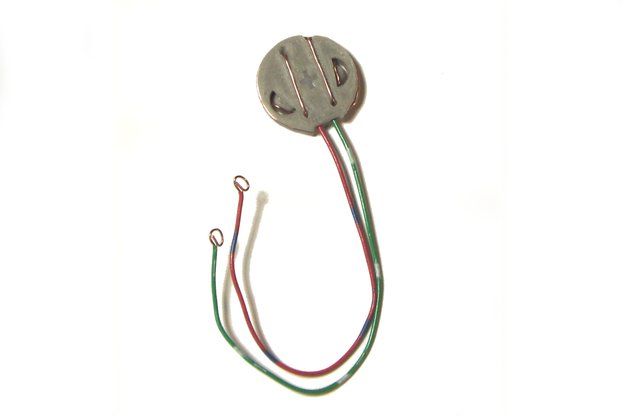
$3.45
Free Shipping!

$3.60
Free Shipping!
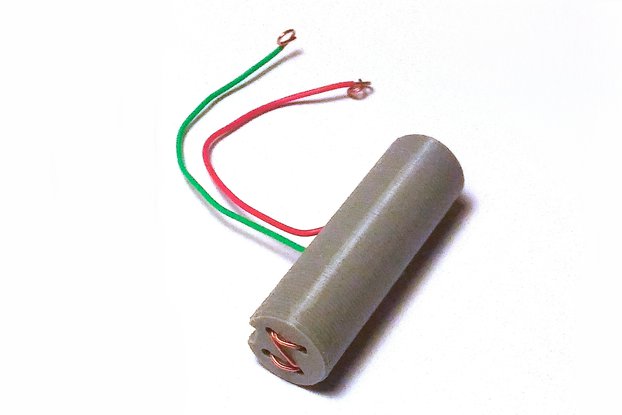
$3.80
Free Shipping!
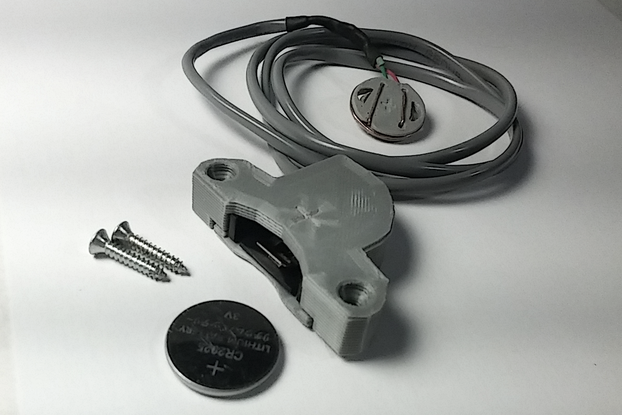
$7.40
Free Shipping!
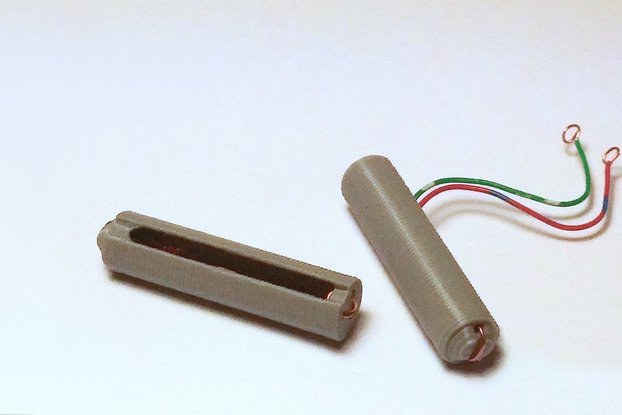
$3.70
Free Shipping!

$3.45
Free Shipping!
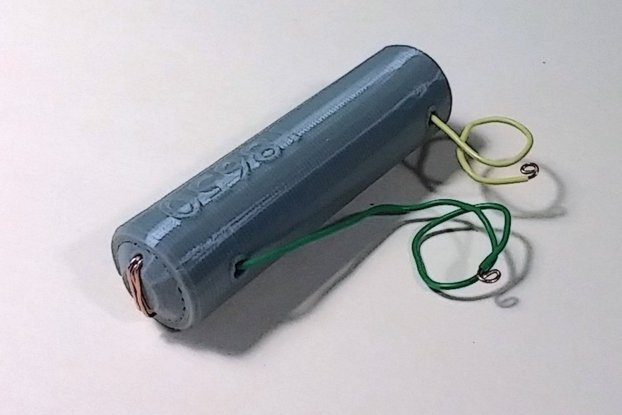
$4.05
Free Shipping!

$18.78
Free Shipping!
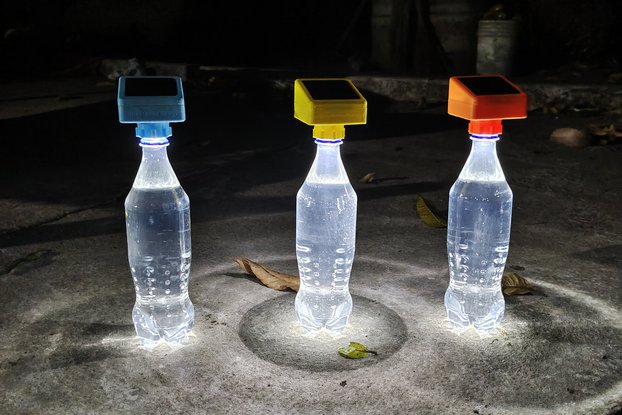
$11.69 $12.99
Free Shipping!

$250.00
Free Shipping!
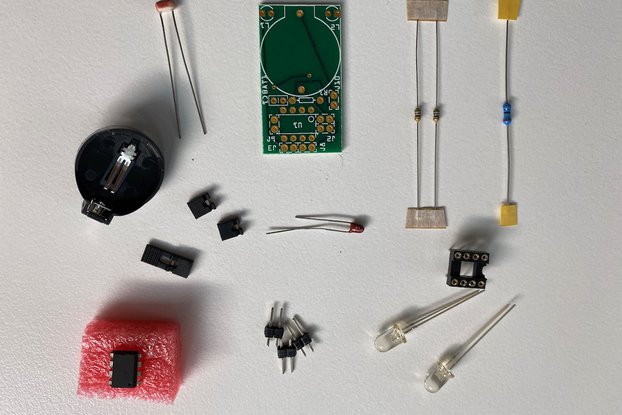
$10.00
Free Shipping!
By clicking Register, you confirm that you accept our Terms & Conditions
We recognize our top users by making them a Tindarian. Tindarians have access to secret & unreleased features.
We look for the most active & best members of the Tindie community, and invite them to join. There isn't a selection process or form to fill out. The only way to become a Tindarian is by being a nice & active member of the Tindie community!
